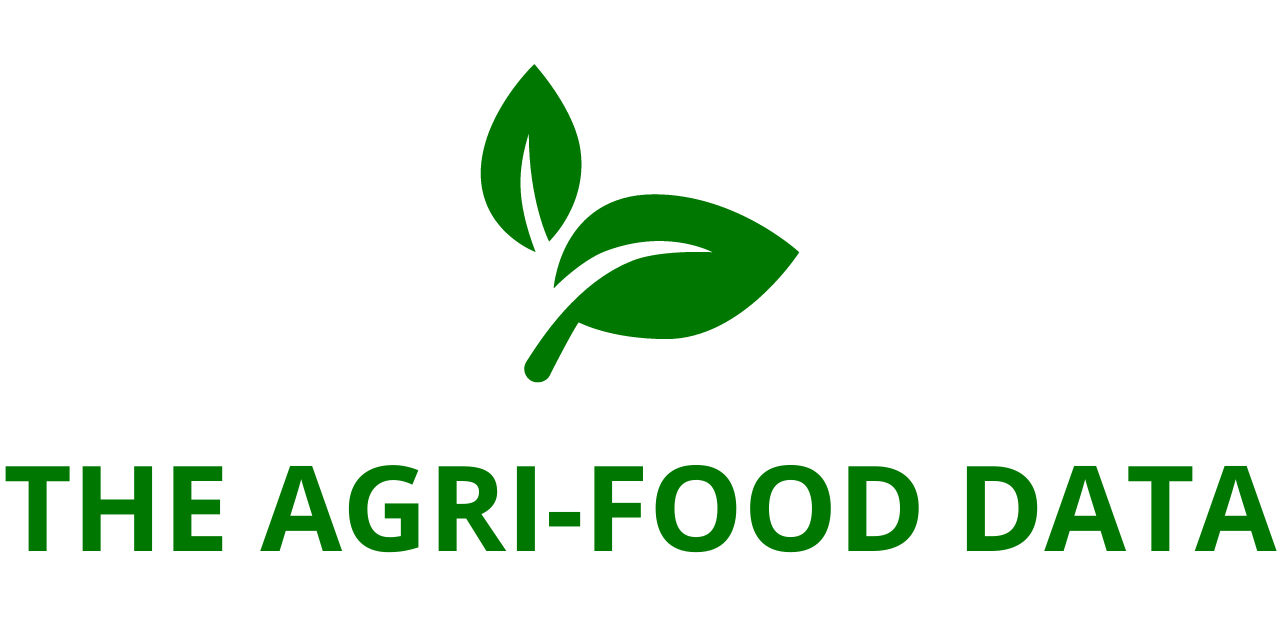
The “United States Seafood Market Report by Type, Form, Distribution Channel, States and Company Analysis, 2025-2033” has recently been added to ResearchAndMarkets.com’s extensive database of market intelligence reports. The report provides a comprehensive analysis of the U.S. seafood industry, detailing current market dynamics, growth drivers, emerging trends, challenges, and competitive landscape insights.
The U.S. seafood market is poised for notable growth over the coming decade. The industry, valued at approximately USD 23.28 billion in 2024, is projected to reach USD 27.65 billion by 2033. This expansion reflects a Compound Annual Growth Rate (CAGR) of 1.98% from 2025 to 2033. The growth trajectory is driven by rising consumer demand for seafood, increasing health consciousness, and a growing preference for environmentally responsible and sustainable harvesting practices. As consumer tastes evolve, the market is expected to witness significant advancements in distribution channels, supply chain technologies, and aquaculture methods, ensuring year-round availability and enhanced quality of seafood products.
Rising Popularity of Seafood in the U.S.
Seafood has increasingly captured the attention of American consumers, who are drawn not only to its flavor but also to its health and sustainability benefits. Coastal regions have long benefited from fresh seafood availability, contributing to vibrant local markets. However, the trend has extended inland, with metropolitan and suburban populations increasingly incorporating seafood into their diets.
Restaurants and foodservice outlets have further fueled this growth. Sushi bars, seafood festivals, and specialty seafood restaurants are experiencing a surge in popularity, offering both traditional and innovative dishes. Seasonal and locally sourced seafood has become particularly appealing, aligning with consumer interest in freshness, sustainability, and traceability. Additionally, the emphasis on lean, protein-rich diets has positioned seafood as a central element of nutrition-conscious eating plans, reinforcing its role in the American diet.
Key Growth Drivers in the U.S. Seafood Market
Increasing Health and Wellness Trends
Health awareness is a primary driver of seafood consumption in the U.S. Seafood is recognized for its high protein content, rich omega-3 fatty acids, and low levels of saturated fats—attributes that support heart health, weight management, and overall wellness. Consumers are increasingly seeking nutrient-dense foods, prompting both retailers and foodservice providers to expand their seafood offerings.
Public health campaigns and physician endorsements have also contributed to seafood’s mainstream acceptance. Organizations such as the National Fisheries Institute (NFI) have reported rising consumption patterns, highlighting that U.S. per-capita salmon consumption reached a record high of 19.7 pounds in 2022. Salmon’s reputation as a premium health food, combined with the increasing availability of ready-to-cook products at retailers like Costco and Whole Foods, has encouraged more home preparation of seafood.
Meal-kit delivery services, including Blue Apron and HelloFresh, have also played a pivotal role by introducing recipes featuring seafood varieties such as salmon, tuna, and shrimp. These programs not only provide convenience but also educate consumers about cooking seafood at home, further expanding its reach across diverse demographics.
Growth in Aquaculture and Imports
Domestic aquaculture is witnessing steady expansion, particularly in species such as salmon, catfish, and shellfish. Technological improvements in aquaculture have enhanced both the quality and sustainability of farmed seafood, allowing for predictable production cycles and year-round availability.
Simultaneously, imports from countries across Southeast Asia and Latin America help stabilize the U.S. seafood supply. This combination of domestic production and imports ensures that consumers can access popular seafood varieties at competitive prices. Government regulations, such as the Seafood Import Monitoring Program (SIMP), help maintain the integrity of the market by enforcing reporting and recordkeeping requirements on key seafood species. SIMP ensures that illegally harvested or misrepresented seafood does not enter U.S. commerce, thereby protecting consumers, national food security, and marine ecosystems.
Expansion of E-Commerce and Direct-to-Consumer Channels
Digital transformation has fundamentally reshaped seafood retailing in the U.S. E-commerce platforms, direct-to-consumer (DTC) subscription services, and specialized seafood delivery companies have made fresh, frozen, and specialty seafood accessible to a wider audience. Consumers increasingly favor the convenience of home delivery, especially when paired with sustainably sourced products and advanced cold-chain logistics that maintain freshness and quality.
Subscription-based seafood boxes, traceability-focused brands, and farm-to-table initiatives are gaining traction, offering consumers transparent sourcing information and premium-quality seafood delivered to their doorsteps. In February 2024, the Seafood Nutrition Partnership (SNP) launched initiatives to promote DTC seafood brands, including its Fall In Love With Seafood campaign. The Shipped Direct program leverages web, email, and social media channels to encourage consumers to purchase seafood directly from producers, bypassing traditional retail channels. This digital shift represents a major growth avenue for the industry, particularly as younger, tech-savvy consumers embrace convenient, sustainable seafood options.
Challenges Facing the U.S. Seafood Market
Sustainability and Overfishing Concerns
Despite its growth, the U.S. seafood market faces challenges related to sustainability. Overfishing, bycatch, and habitat degradation pose significant risks to marine ecosystems, attracting scrutiny from both consumers and regulators. Brands are increasingly under pressure to implement sustainable harvesting practices, secure third-party certifications, and provide comprehensive traceability.
While sustainable fishing programs are expanding, compliance can be expensive, and limitations on catch volumes may constrain supply. Companies that fail to prioritize environmental responsibility risk eroding consumer trust, which could negatively impact long-term market growth.
Supply Chain Vulnerabilities and Price Volatility
The seafood supply chain is inherently complex and vulnerable to multiple risks. Climate change-related disruptions, geopolitical tensions, transportation bottlenecks, and seasonal fluctuations can all affect availability and pricing. Rising fuel costs, labor shortages, and inflationary pressures contribute further to price volatility.
For consumers, this volatility may translate into fluctuating retail prices, potentially affecting demand. For retailers and suppliers, maintaining profitability while ensuring consistent supply requires robust logistics, strong supplier relationships, and advanced traceability mechanisms. Companies that can effectively navigate these challenges are better positioned to capture market share and sustain growth in the long term.





